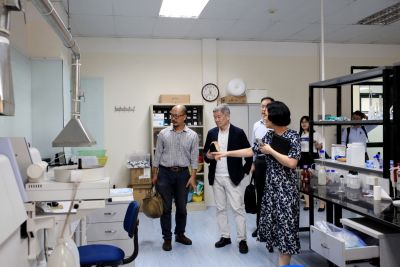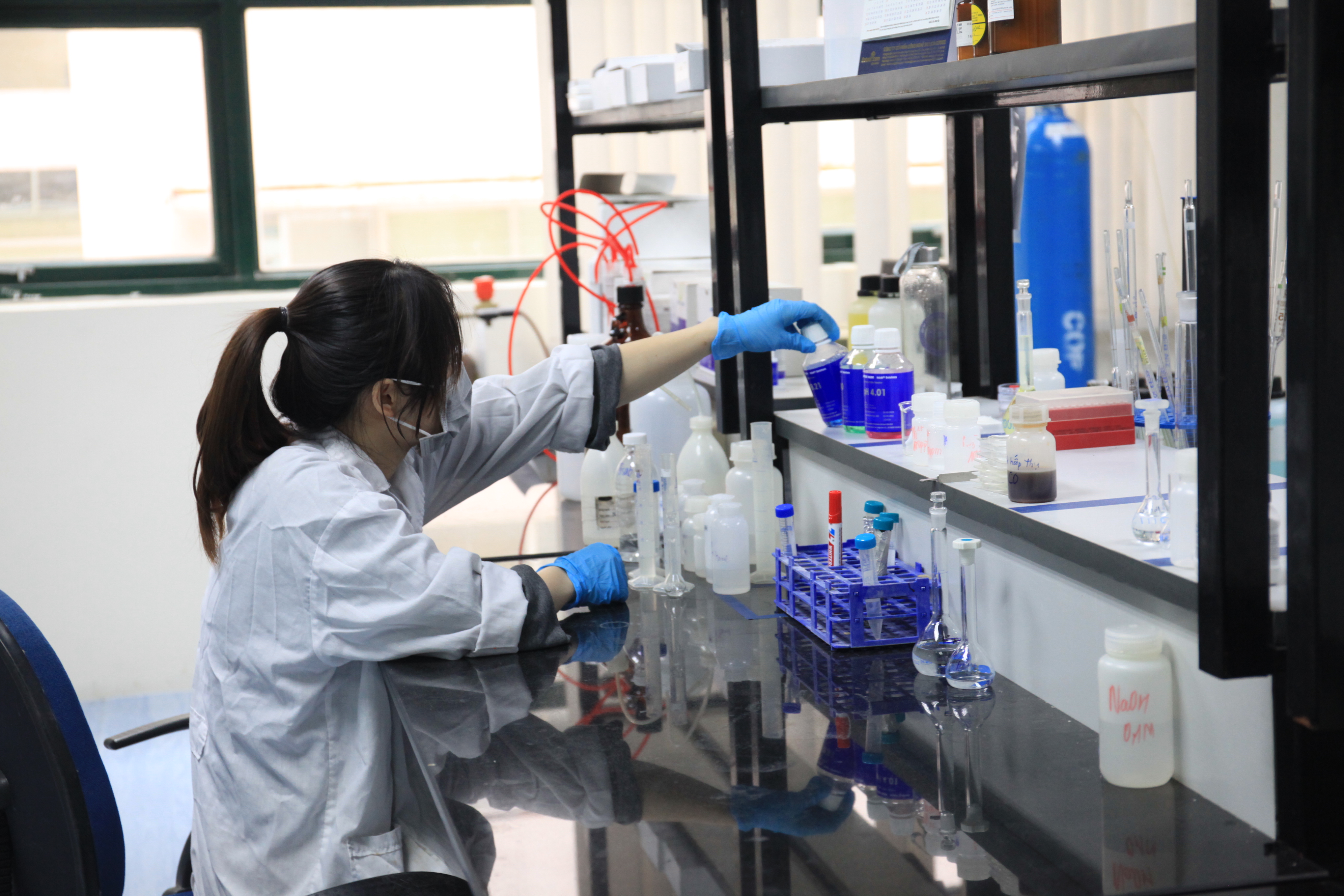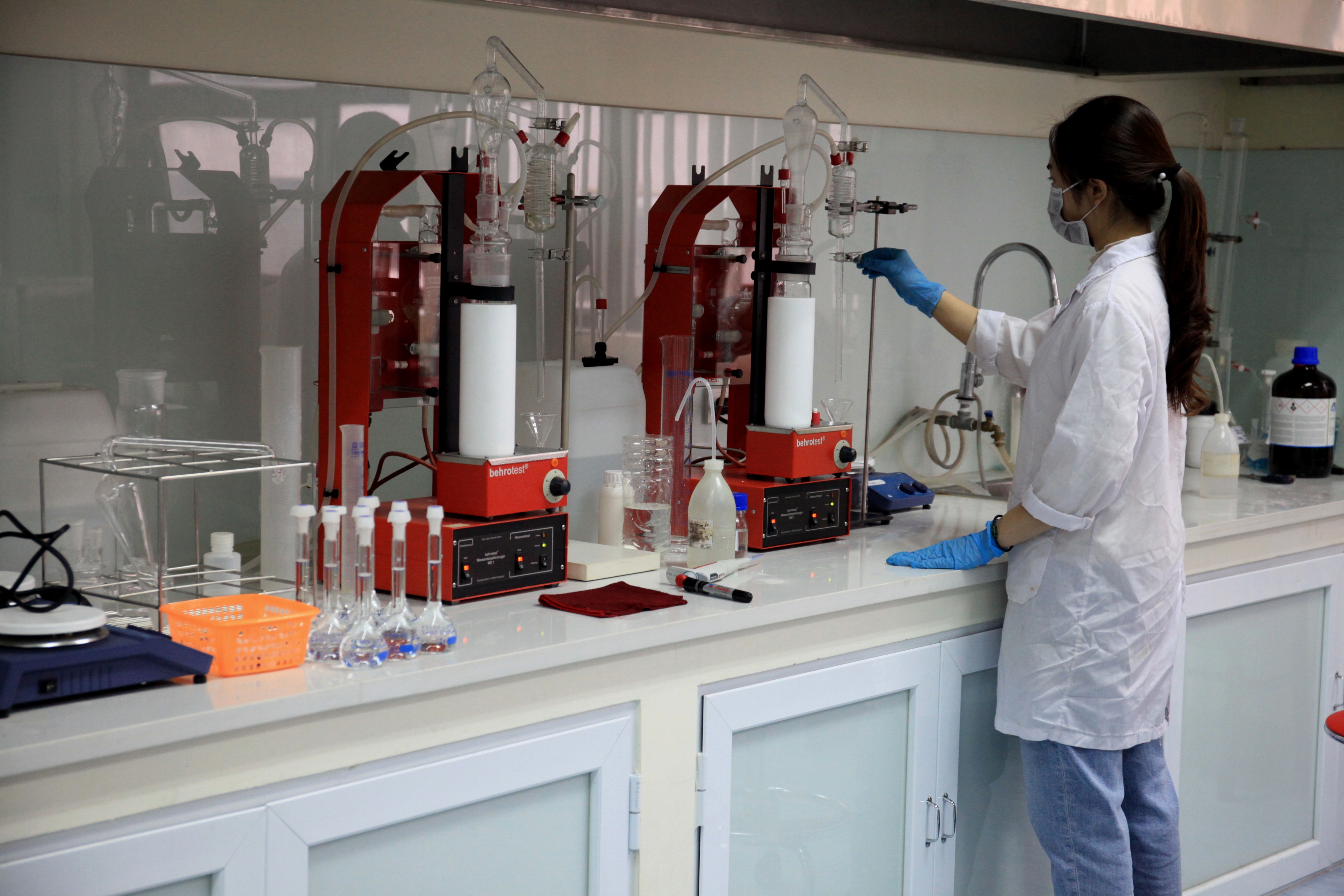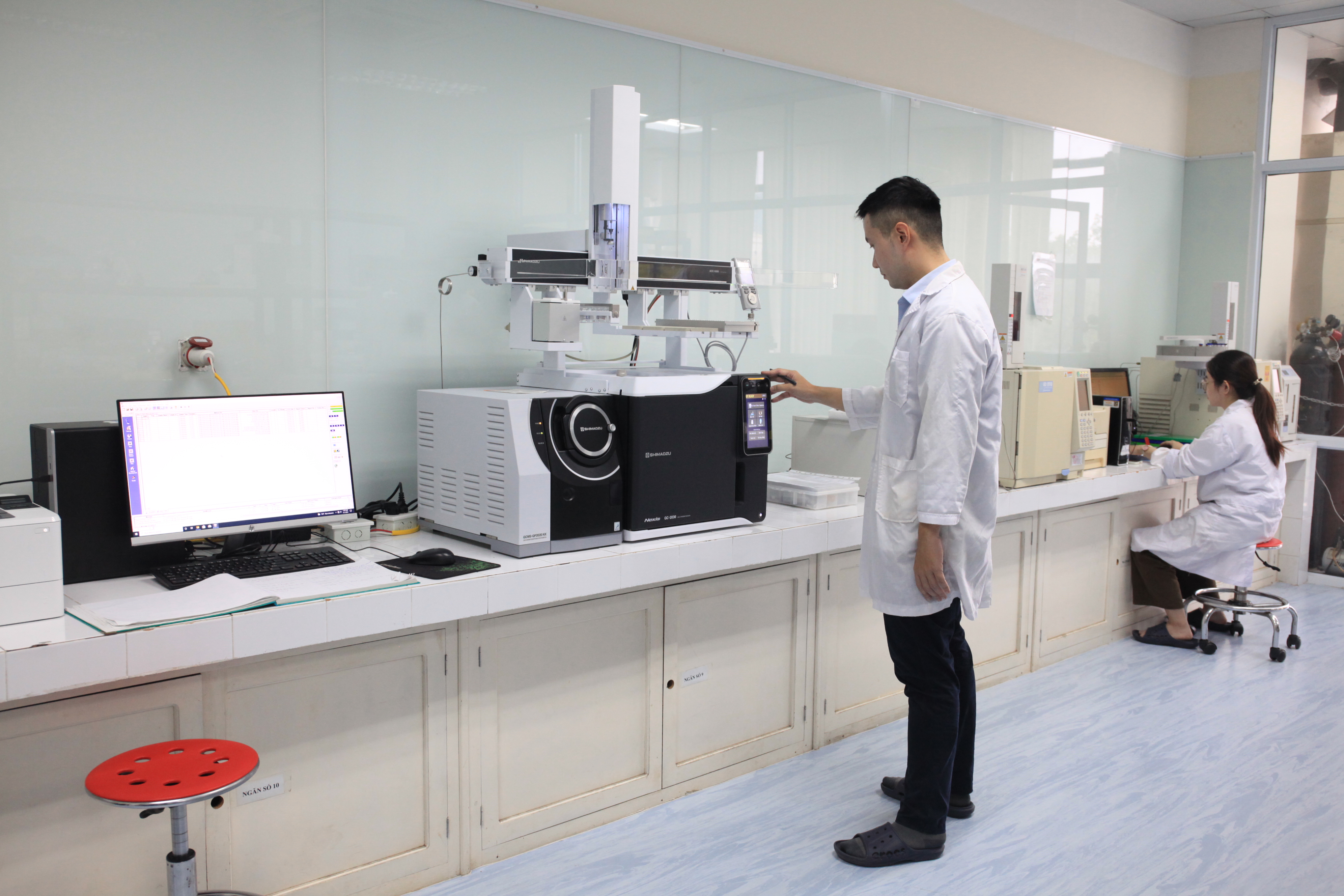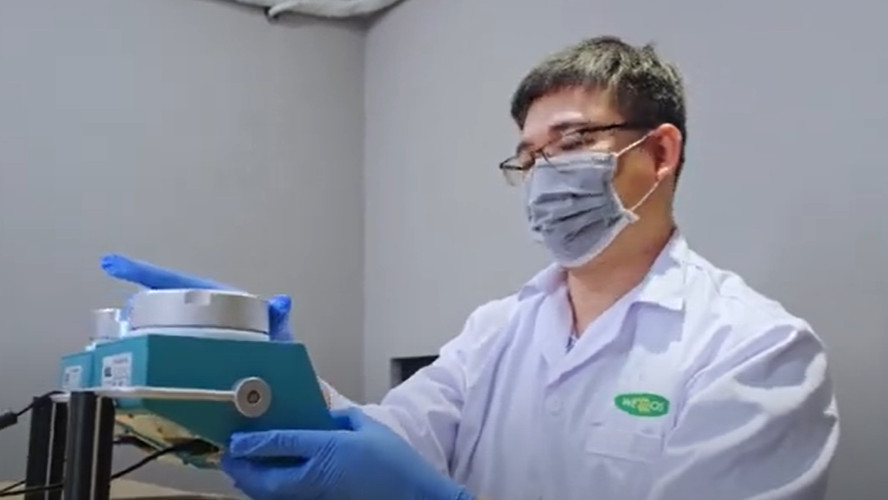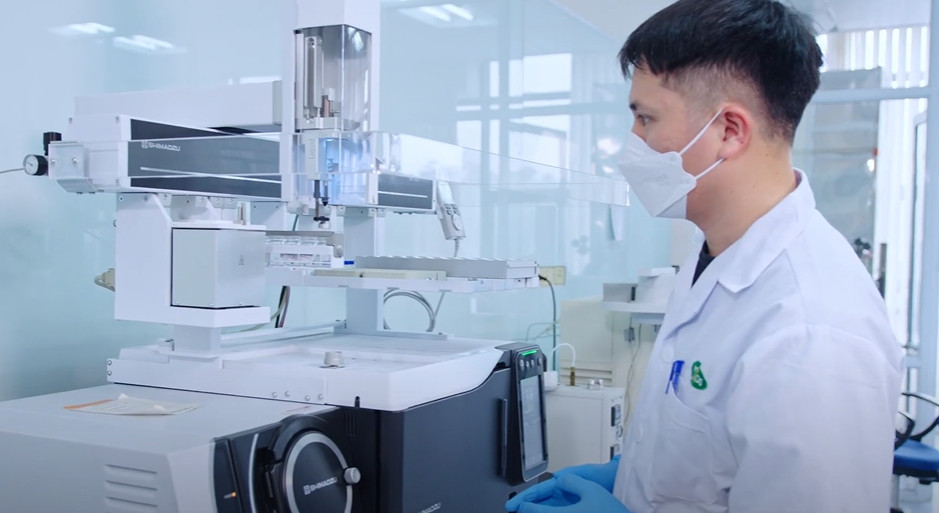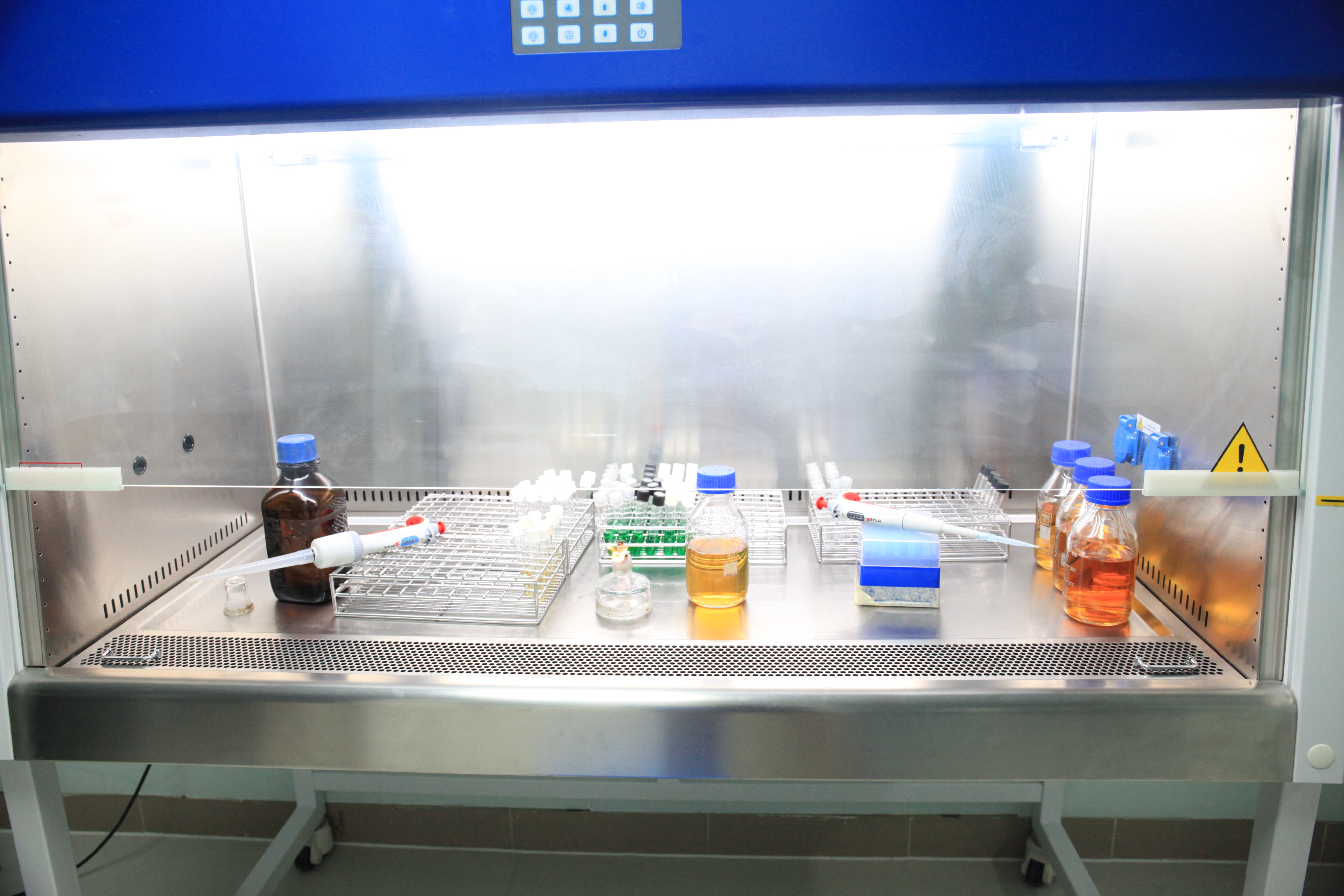VNNIOSH Journal of Science: Safety - Health & Working environment Journal No.1/2024
M.Sc. Vo Thi Minh Phu, B.A Phan Thi Truc Thuy
Branch of National Institute of Occupational Safety and Health in the Southern Vietnam
Abstract:
Comparative cross-sectional descriptive study was conducted from September 2022 to September 2023.The study was conducted on a total of 146 workers in groups exposed to trichloroethylne (TCE) in the working environment and groups not exposed to TCE in the working environment. TCE levels are monitored at the average shift worker's breathing area. At the same time, the interview was based on a prepared questionnaire on personal characteristics, clinical symptoms of eyes, skin, respiration, and nerves of employees. The research results we recorded: The group was exposed to TCE in the working environment, the average TCE concentration was 6.6 ± 5.1 mg/m3. Meanwhile, in the group not exposed to TCE in the working environment, the TCE concentration was below the detection threshold (detection limit - MDL is 1.516 µg/m3). In the group exposed to TCE in the labor market, the rate of respiratory symptoms was the most (21.9%), followed by eyes (13.7%), nerves (11,%), skin (6.9%). Workers in the group exposed to TCE in the labor market had a 2.3-fold higher incidence of respiratory symptoms (cough, shortness of breath, wheezing, rhinitis) than the non-contact group (95% CI 1.03-5.0), the difference was statistically significant. Respiratory symptoms among workers in the TCE-exposed group in the working environment were higher than among those not exposed to TCE. However, exposure follow-up studies, combined with subclinical manifestations, are required before a definitive causal association between TCE and worker health can be established.
Keywords: trichloroethylene, respiratory symptoms, occupational exposure
source: vnniosh.vn



